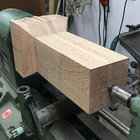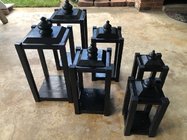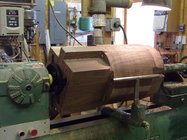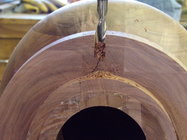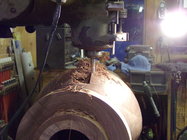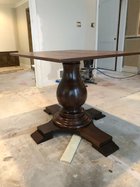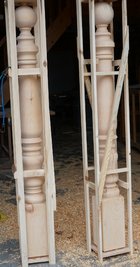- Joined
- Feb 6, 2010
- Messages
- 3,364
- Likes
- 2,424
- Location
- Brandon, MS
- Website
- threeringswoodshop.square.site
Had a call from a painting contractor couple months ago looking for someone to turn new finial to top metal stair finials. These will be about 10" wide and 16" long. He found someone else to do these and the glue up blew up on this turner after he did three. So now contractor is looking for someone to complete the project.
I know that wood glue inside large glueup takes a long time to cure. Contractor special ordered kiln dried treated lumber (didn't know this existed). Now I am thinking screws to hold this together, only in the central part of blank. Any ideas or am I thinking in the right direction?
I know that wood glue inside large glueup takes a long time to cure. Contractor special ordered kiln dried treated lumber (didn't know this existed). Now I am thinking screws to hold this together, only in the central part of blank. Any ideas or am I thinking in the right direction?

